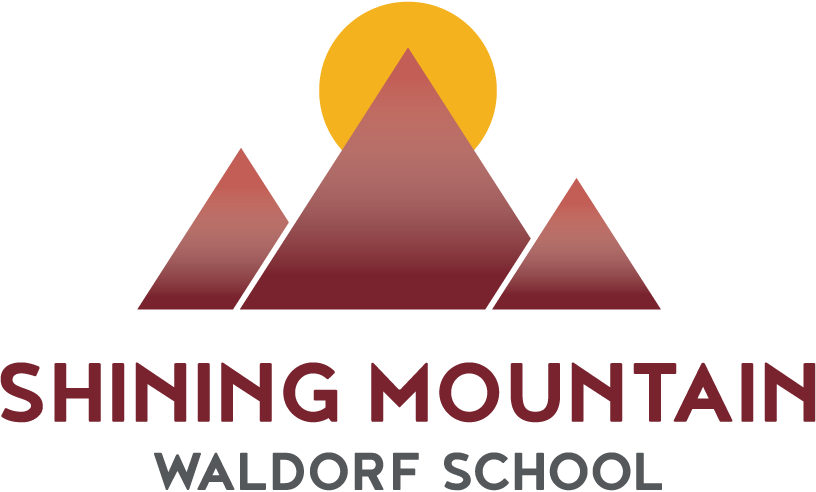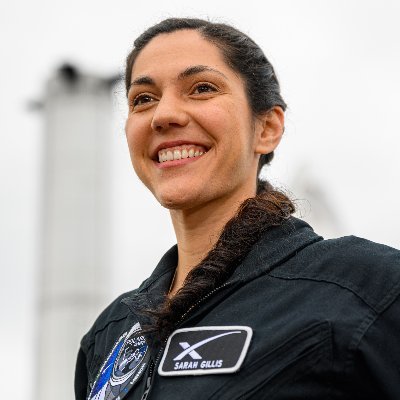By Joshua Berman
In my 8th grade Spanish class, students listen to podcasts featuring musicians from the Spanish speaking world, most recently, a young Mexican engineering student who raps in his indigenous language of Cuicateco. In 6th grade, my Spanish students participate in a hands-on, Fair Trade bracelet sale that connects them with Central American artisans; my younger students have had interactive classroom visits from Nicaraguan singer-songwriters, drummers, and sawdust painters.
As a Spanish teacher for grades 1–8 at Shining Mountain Waldorf School (SMWS) in Boulder, CO, the effort to include authentic voices in my lessons is par for the course. Especially as a non-native Spanish speaker and teacher who is always looking for responsible, respectful ways to expose my students to new countries and cultures, a process fraught with the “cultural appropriation versus appreciation” discussion, and one that has led me to new resources and voices.
My goal of authenticity helps first with my teaching, but also overlaps with a larger project and objective of our school—to become a more diverse, equitable, and inclusive place. My tiny steps to make the Lower School Spanish curriculum more inclusive are but a drop in the bucket of the greater efforts across our community, which began four years ago.
How it started.
The email from our school director inviting me to serve on the newly formed Diversity, Equity, and Inclusivity (DEI) Committee dinged into my desktop on the morning of Tuesday, November 8, 2016. I read it, not yet knowing that on that day—election day—our country would veer, most would argue, toward forces of division rather than diversity. On that morning, I simply saw a chance to delve, with a group of fellow SMWS community members, into this new work.
I showed up to that first meeting, a circle of a dozen or so of us, in the living room of our community house, feeling curious but overwhelmed. The temptation to keep doing nothing about the elephant in the room—our school’s glaring lack of racial diversity—was no longer an option, yet there it was, this large, cumbersome, and difficult challenge to face. Yes, we exist in a city that is 90% White and a scant 1.2% Black (U.S. Census), but this was no longer a valid excuse for inaction on diversity, a term which we’d also need to expand beyond race.
And that’s what we did. We began by redefining diversity, and then, as Leigh Hill, then High School Administrator and one of our founding co-chairs of the DEI committee, explained, identifying “the questions we need to be asking in order to deepen our own understanding of oppression, bias, prejudice, equity, diversity, and inclusion.”
“Starting this work at SMWS,” wrote Hill, “was in many ways an easy thing to do. There was already strong interest in the parent community and the school was hearing concerns about cultural appropriation during assemblies, plays, and festivals, providing the community with an accessible entry point into our DEI work.”
Add to that the fact that the work was supported by school leadership and the Board of Trustees, who made professional development funds available for training. In 2018, SMWS leadership attended the social justice themed national AWSNA conference in Washington, D.C., and walked away inspired to keep the momentum going. Hill wrote in an article for our community about the school’s DEI work that year, in which she said:
“Rudolf Steiner gave us an incredible foundation through the curriculum to begin our conversations. The challenge for all of us working in Waldorf education now is to ensure that we are being responsive to our present time and needs, as well as looking towards the future. We have the opportunity to transform how we have previously taught the Age of Exploration by deepening our own understanding of the impact of colonization, conquest and invasion around the world and in our own backyards. We have the opportunity to ensure that LGBTQ and gender expansive folks can see themselves reflected in the stories we tell, the literature we read, and in the community of families who surround and support them. We have the opportunity to ensure that our festivals are representative of the families who have chosen to attend our school, as well as those who are seeking us out. We have the opportunity to help our students explore a world filled with scientists, mathematicians, writers, dancers, musicians, artists, philosophers, historians and activists who represent us all: all genders and identities, all religions and spiritual practices, all sexual orientations, all races and ethnicities, all abilities, all ages, all statuses.”
How it’s going.
For the first few years after I started teaching 14 years ago, I was focused more on how to get my students to speak Spanish and how to manage a classroom, and less on searching for ways to expand and diversify my curriculum. Now, in part because of the DEI Committee, proactively looking for ways to make what we teach, as a school, more inclusive and approachable, is what we all do.
The agenda for next week’s DEI meeting includes an update on the shared, grade-by-grade teacher resource (it’s up to 30 pages!). For the next few meetings, we’ll be splitting into subgroups—faculty, parents, administration, and high school students—so we can simultaneously work on different issues specific to those groups. In our High School, there is a new senior course entitled “The Sociology of Discrimination” and another in the spring that will address anti-racism.
Another recent development: the High School Student Leadership Group will begin participating directly with the DEI Committee. “Inviting our high school students to engage with us in this work of creating an inclusive school community is essential,” writes School Director, Mary Fairfield. “We, the educators and administration, have so much to learn from their experience and understanding of the world. Their ability to help resolve these social justice issues in their lifetimes must not be downplayed.”
As the work has continued, I’ve felt a growing awareness in our community, and also in the greater Waldorf world. This morning, in my inbox: invitations to a virtual diversity book fair and to live AWSNA sessions with titles like “Reimagining Waldorf Pedagogy: Nurturing Social Renewal Through Education for Racial Justice,” “Queer Education Hour, Topic: Terms & Lingo 101 Sexuality and Identity,” and “Equitable and Inclusive Admissions Practices.”
Not only that, I see the awareness working its way through my Spanish teacher colleagues from across the country. I could now choose from an increasing variety of Spanish language readers with characters of color, LGBTQ stories, and themes like immigration, being the new or different kid, and more. This became available because the books were being written and distributed by educators who, like us at Shining Mountain, were also trying to help more of our students be able to see themselves in our materials.
Where we’re headed.
Have we succeeded in getting rid of that elephant in the room, fully diversifying our student body, faculty, and staff, to reflect fair, equitable representation of our society? No. But is the landscape around us transforming into a more supportive, thoughtful environment in which to keep asking questions and making changes? Yes, it has.
Kristin Foreman, Co-chair of the DEI Committee since its start, writes, “this work is never ending, and it is challenging and sometimes hard. We have made mistakes and we learn with gratitude and humility. Our work on issues of diversity, equality, and inclusivity must never stop, and I am grateful to be part of a community so dedicated to growing, adapting, changing, and leaving this world a kinder, more equal place for all our children.”
Last week, two Shining Mountain high school seniors, Olivia Jabari and Fiona Lovejoy, Class of 2021, led an initiative by the Student Leadership Group to purchase and display a set of rainbow Pride and Black Live Matters flags around campus. I found the two sitting together during art class; we chatted as they worked, scraping at two enormous hunks of alabaster.
“We say we’re so inclusive and accepting,” said Lovejoy, who has attended SMWS since 1st grade, “but it doesn’t always feel that way to everyone, especially in such a small school.”
The students had specifically noticed that talking about LGBTQ issues in a way that made everyone feel safe and comfortable was something that could be improved upon. So they started searching for a way to say to their community, “We’re here for you, we support you,” and to the Black Lives Matter movement, they wanted to state, “we support you, we stand with you.”
So they suggested the flags. And though both students were quick to point out that what they did was “not a solution in any way,” they did feel like hanging them up was something “we can do right now.”
With that, they turned their attention back to the heavy stones before them, and continued to file away, small piles of white powder gathering beneath their tools.
—Joshua Berman is a Spanish teacher and Social Media Director at Shining Mountain Waldorf School in Boulder, CO. He is also a freelance writer; his website is JoshuaBerman.net.

